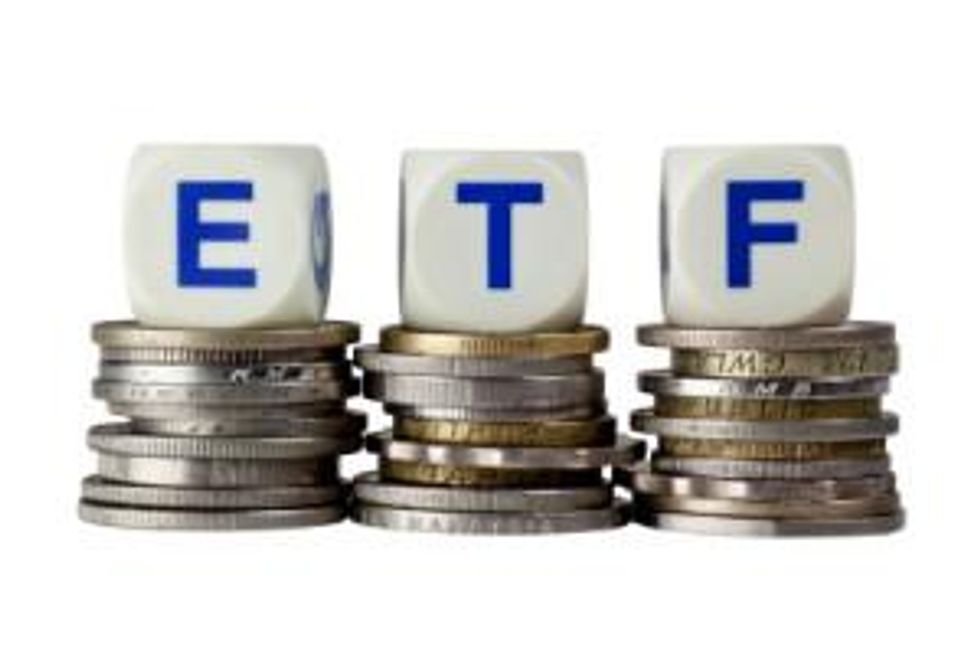Nick Brooks of ETF Securities revealed that investors are moving out of gold ETFs to focus on more cyclical metals like palladium.
During the first quarter of 2013, palladium ETFs saw net inflows of about $131 million as demand for the metal grew steadily in January and February. Gold ETFs, however, bled, with losses every month during the quarter leading to $9.2 billion in outflows. Nick Brooks, head of research and investment strategy at ETF Securities, explained that these movements occurred because there was a major shift out of gold and into the more cyclical commodities. “It’s rare that such a trend is just so clearly obvious,” he told Palladium Investing News.
Investor sentiment toward palladium ETFs actually began to shift in Q4 2012, when Europeans became net buyers in a market that was in sell mode. On the whole, for most of the quarter, palladium ETF investors were net sellers. But in December, that trend changed. North American investors stopped selling and European investors stepped up their purchases, allowing palladium ETFs to see net inflows.
Data from ETF Securities’ commodity report for the first quarter of 2013 reveals that in the first quarter of this year, improving global growth and risk appetites increased palladium investors’ optimism.
“The demand for palladium and the very strong price performance for palladium last year and early this year was because of expectations of increasing demand for autocatalysts in China and the US,” said Brooks.
Those two nations are gasoline-dominant auto markets that require emissions systems that are more heavily reliant on palladium than the diesel emissions systems that are popular in Europe. Sales growth is expected in both China and the US in 2013.
Ironically, over the past two quarters, European investors have put the most cash into palladium ETFs. In Q1, European funds had net inflows of $90 million compared to North America’s $42 million, while other markets were net sellers of the metal.
It could also be considered ironic that both platinum and palladium were in supply deficit in 2012. Both metals are forecast to remain in deficit in 2013. Those tight market conditions attracted investors to both metals, Brooks explained.
Given those conditions, South African supply concerns drove platinum ETF demand during Q1; however, Brooks said that for the most part, palladium ETF investors were not largely driven by supply risks in South Africa.
Palladium supply threats tend to garner a lot of attention when associated with Russia, the top supplier of the metal. Still, investors should make no mistake in believing that South Africa is insignificant as it is the second-largest source palladium. And any supply concerns there are in addition to those that are already ongoing in Russia.
Overall, in Q1, palladium ETFs saw the second-strongest inflows among the precious metal funds: platinum ETFs had inflows of $89 million, while silver was the top performer with $875 million in net buying over the period.
Palladium heading into Q2
In March, the momentum in palladium ETF investing evaporated. For the first time since September, European investors became net sellers, though outflows only amounted to about $9 million.
Brooks said the underlying fundamentals for palladium are strong, and will likely remain strong and price supportive. In the medium-term — about 12 to 18 months — Brooks is still relatively bullish, but he warned that the market looks risky.
“My biggest concern is that net speculative positioning in the futures market is near all-time highs. And that makes me nervous because all we need is a bit of negative news on the growth side and I think the metal could get hit pretty hard. I just am concerned we are due for a correction.”
“In Q4, especially earlier in the quarter, net speculative positioning was more balanced and the fundamentals were looking quite good. Now, we’ve seen quite strong performance and strong net positioning. So it’s looking a little dangerous right now,” he said.
April marks a pivotal point for commodities, including palladium, and investors are encouraged to keep a keen eye on the market for the next few weeks.
If there is a correction for palladium, Brooks thinks it will likely be short term. While it is impossible to know for sure what would trigger a decline, there is a strong possibility that it would be a “growth scare.”
In that case, he projects that the market could take a hit for perhaps a couple months, though the overall macro numbers have to be considered. “Assuming that growth expectations at least stabilize and people focus on the fact that the market is in net deficit, then I suspect it will come back,” he said.
Securities Disclosure: I, Michelle Smith, own shares of ETFS Physical Palladium Shares (ARCA:PALL).
Related reading:
Stillwater Warns of Palladium Deficit
